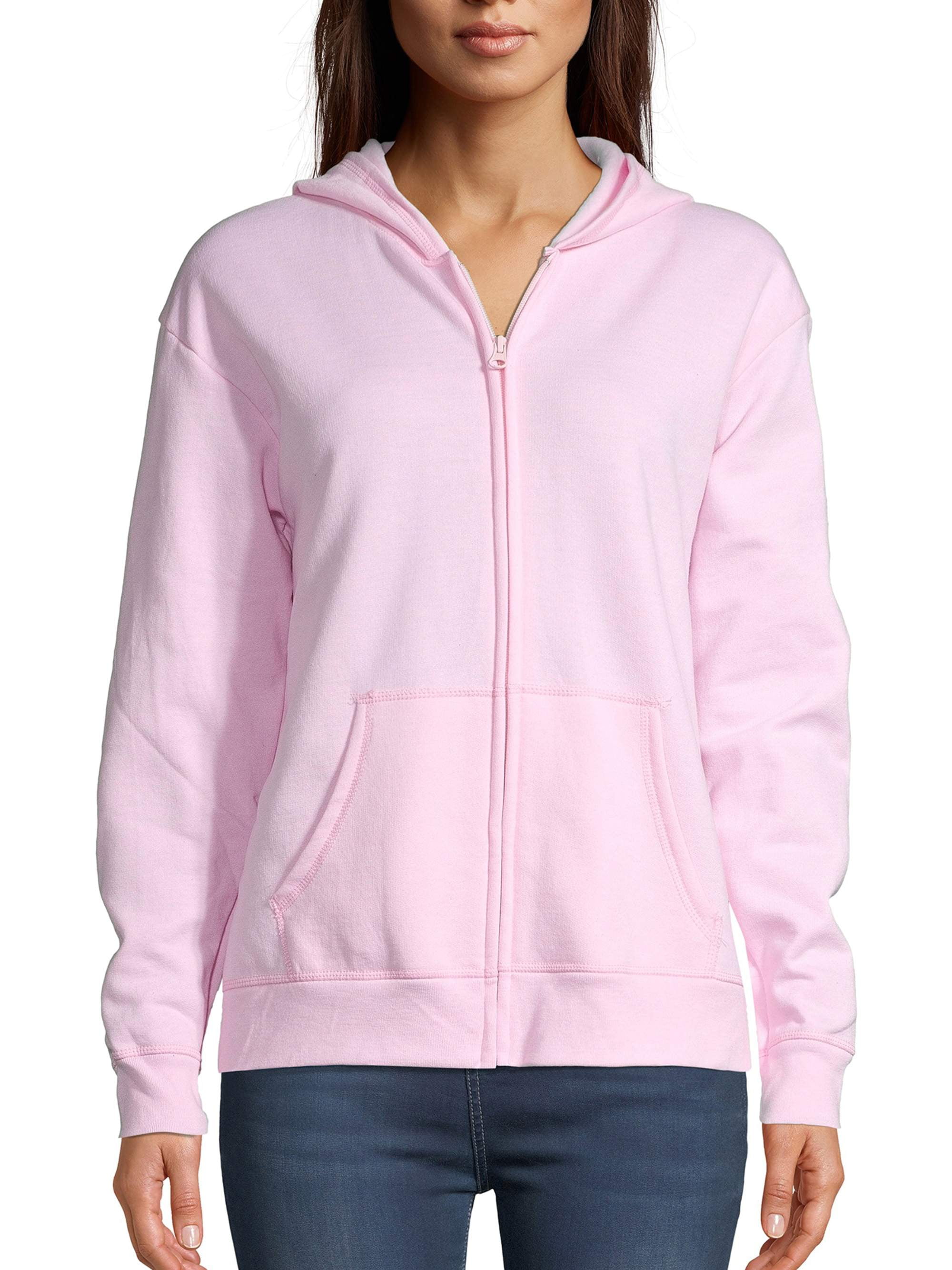What things to Consider When Picking the correct Sweatshirt

Sweatshirts are long-sleeved, pullover shirts that are typically constructed from thick cotton fabric. They are generally worn casually but aren't as formal as sweater s or cardigans. They do not usually have an or hood. If you are interested in buying a sweatshirt, here are some tips:
Norma Kamali spread the appeal of sweatshirts

Since the late '70s In the late '70s, Norma Kamali has transformed the basic sweatshirt into a work of art. Her designs are now an integral part of almost every woman's wardrobe. Her distinct designs include a tummy-tucking team neck to leather-paneled sweatshirts. Her clothing is also designed in unusual forms, like a tank top with a long trumpet skirt.
A partnership between the designer and the manufacturer of sweatshirts Everlast gave rise to her Timeless line, which became an instant hit when it appeared in Spiegel's spring 2006 catalog. The collection was made up of convertible and interchangeable knits with classic designs and many of the items were priced below $20. Even if Norma Kamali's Timeless collection was not available in stores, buyers could still find these items for sale on eBay and Poshmark.
Merino wool sweatshirts feel more comfortable than sweatshirts made of soft wool.
Merino wool is known for its moisture-wicking properties, which helps to keep you comfortable and dry. It is a natural fibre that has a softer feel. The fabric also dries quickly in comparison to other natural material. In addition, it is a sustainable resource. Merino sheep shed their coats each year and grow new ones.
Merino's weight-to-heat ratio is high, and the warmth of wool is what makes it a popular choice for sweatshirts. It helps to regulate the body's temperature because of its natural loft, which retains heat in the fibers. This is why Merino wool sweaters are ideal for outdoor and summer activities like mountain biking, hiking and running. The warmth it provides helps keep the wearer cool and dry, which is essential when working out.
Zip-front hoodies have kangaroo pocket
Kangaroo pocket hoodies are a popular style of hoodies. They feature a big pocket in the front, that keeps your hands warm during cold days. They are much more practical than traditional pockets, since they allow the hands to slide in and out easily.
Kangaroo pockets are usually large enough to accommodate a wallet or some other small personal items. They're usually long enough to fit one hand in a smaller size or even large enough to accommodate two hands. https://pullbeef0.bloggersdelight.dk/2023/04/24/what-you-need-to-know-about-sweatshirts-3/ have wide openings on both sides and can be used to carry small items.
French Terry fabric is a very popular material for sweatshirts.
The French Terry fabric is composed of soft yarns that are knitted into loops and is typically midweight. It is also renowned because of its capacity to absorb away moisture and is already pre-shrunk. French terry is a great option for sweatshirts as it keeps you warm when you need it and helps keep you cool when you need to cool off.
French Terry is also very popular for casual wear, as it has enough stretch and flexibility to feel good against your skin. It also allows enough air to circulate around the fabric, making it perfect for layering under other clothing. Furthermore, since it is lighter than other sweatshirts that you can wear all through the year without feeling warm or cold.
Hoodies have classist connotations
While it may seem that hoodies are simply clothes that are appropriate for those who are working class however, in reality they have a classist connotation. The hooded garment was first used in the early 70s New York, where graffiti artists would wear them to conceal their identities. In 1976, hoodies made their major appearance in the film "Rocky," when the working-class title character wore hooded gray sweats on his memorable climb to the top of the steps of the Philadelphia Museum of Art.
Hoodies are frequently associated with destruction, death and other negative items, yet they can also be used for practical reasons. For instance, monks and priests might wear hoods in order to display respect and a sense of self-control.
